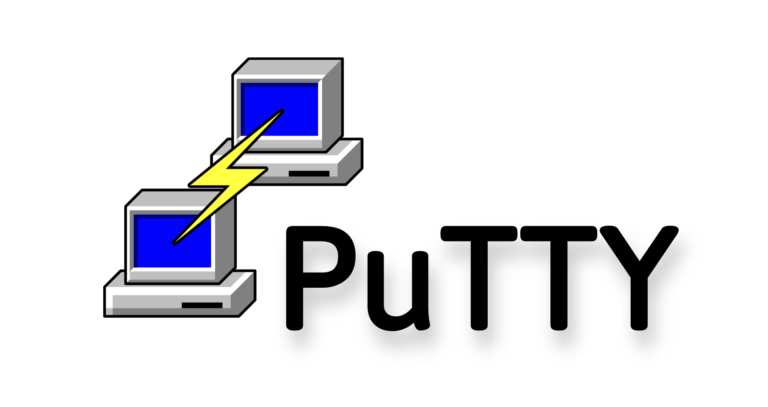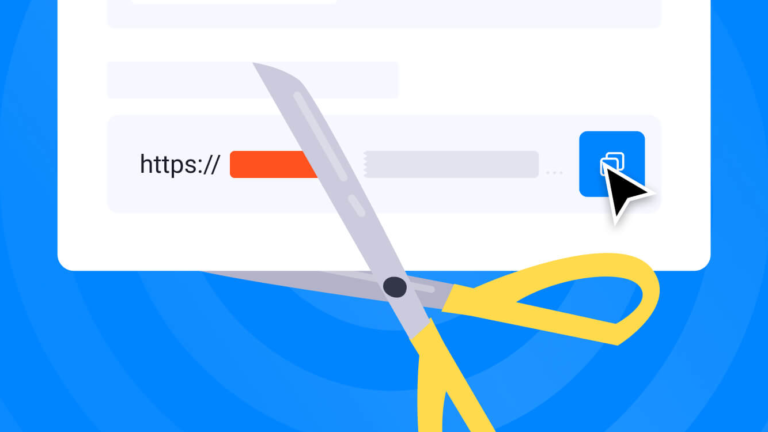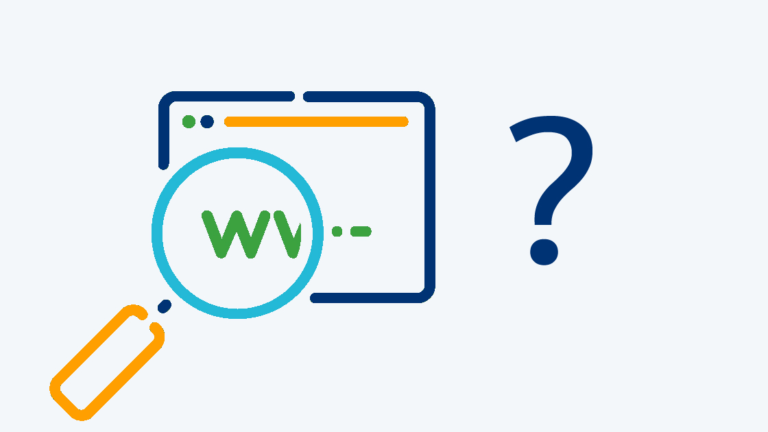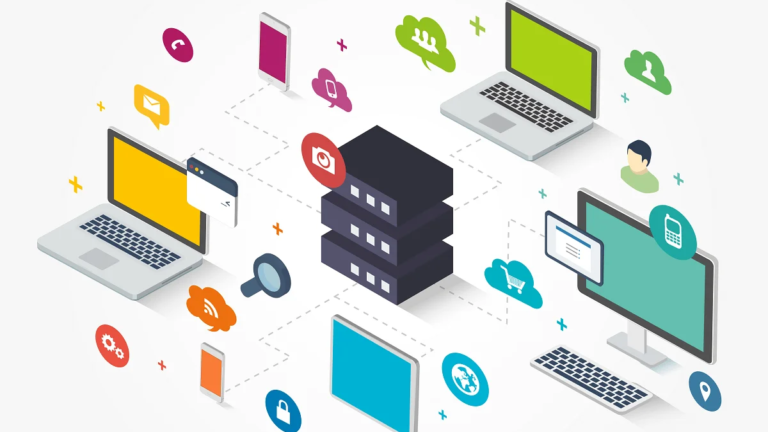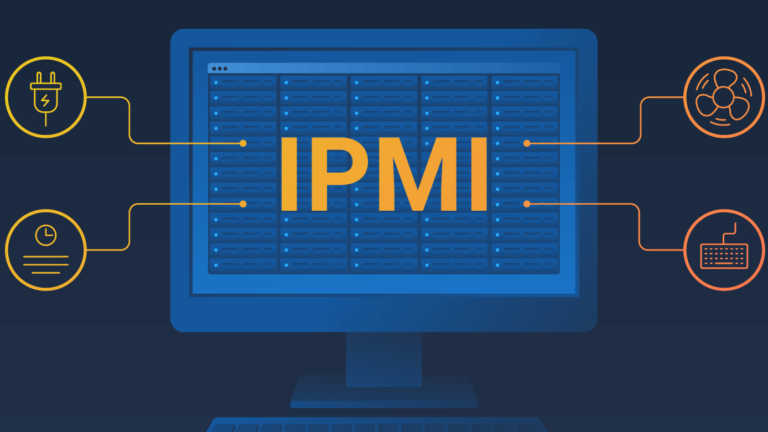What is a sales funnel? 10 steps to building a funnel
- What is a sales funnel?
- Example of a five-level sales funnel
- Features of the sales funnel
- Why do you need a sales funnel and how to work with it?
- Advantages of the classic sales funnel
- What does the sales funnel of an online store look like?
- Sales funnel conversion calculation
- Automatic sales funnel
- How to build a sales funnel?
- Additional tools for autofunnel
- 10 steps to create an effective sales funnel
- Conclusion
The sales funnel is the process potential customers go through before becoming customers. Each stage of the funnel brings a person one step closer to making a purchase. A well-planned sales funnel will determine the actions that need to be taken to bring potential customers closer to taking the targeted action.
The marketing sales funnel (or sales cycle) is a model that describes the path a potential customer takes from first encountering a product or service to purchase.
The sales process is described as a funnel because it begins by attracting a large number of people and then narrows until you are left with only those who buy your product.
This drop is inevitable – you won’t be able to reach all potential customers. However, effective funnels will turn as many people as possible into buyers. Companies must constantly optimize and experiment with their funnel to make it more efficient.
What is a sales funnel?
The funnel shows all the stages that customers go through before they make a purchase. It allows you to measure quantitative and qualitative indicators at each level.
The sales funnel helped define a methodology for training salespeople on how to promote customers through a logical sales process. It also helps optimize closing sequences, sales rep productivity and cost per lead. The funnel will help you set up sales automation.
Example of a five-level sales funnel
Sales funnel can have from 4 to 20 levels, depending on the specific activities and marketing strategy of the company. Each stage requires a different approach from the marketer to send the right signals to interested customers. It’s like when the waiter asks you what you want for dessert before you’ve even ordered the main course.
The classic five-level funnel includes such steps, they start at the top:
- Identifying the target audience and attracting their attention. When the circle of people who can become your customers is defined, the marketer begins to work to attract attention. This can be any tools: print advertising, social media campaigns, contextual and media advertising, presentations. At this stage, large groups of people become your potential customers.
- When people reach the stage of interest in the sales funnel, they do research, compare your offer to others and consider different options. The task of the marketer is to weed out those who are not really interested in buying. This can be done by offering registration on the site, subscription to communities and channels in social networks, mailings by e-mail.
- The decision stage of the sales funnel is when the customer is ready to make a purchase. But do not hurry to rejoice: the person may change his mind or find a more attractive offer. At this level, it’s time to make contact, find out your needs and present your product or service.
- When you’ve learned the customer’s needs and told them how you can be useful, it’s time to make a concrete offer and handle possible objections. For example, you sell hosting to a client who runs a small online store. You offer to order a VPS, but the client claims that it is expensive for him. You can tell more about the advantages of VPS over simple shared hosting, so that the client better understand what he pays for.
- At the bottom of the sales funnel is the customer. He buys a product or service and becomes part of your business ecosystem. However, just because a consumer reaches the bottom of the funnel doesn’t mean your work is done. You can make an effort to turn one purchase into 2, 3 and so on. For example, a customer who ordered a VPS can buy a server when his business grows.
When the customer has gone through the entire sales funnel, express your gratitude for the purchase, invite them to leave a review and recommend you to their friends.
Features of the sales funnel
At the top of the funnel, you may have hundreds, thousands or even millions of potential customers. It all depends on the scale and specifics of your activity. You see these people as interested in your services, even though you have never had any contact with them.
At the very bottom of the funnel you may only have a few people left. Do not see this as a failure – this is the peculiarities of the sales funnel. The law of large numbers works: the more customers you have at the top level, the more of them will be at the bottom.
Regardless of the number of sales, ratios work for most funnels:
- 1:8;
- 1:10;
- 1:15.
That is, the funnel can be considered effective if 10 out of 100 potential customers made a purchase. If you were able to achieve a better ratio, then your marketing is very effective. Keep up the good work! But if the ratio is less than 1:30, you should think seriously about the effectiveness of marketing strategy and the structure of the sales funnel. When calculating ratios, it is important to remember that they may have a dependence on the season, day of the week and even time of day.
In narrow areas of activity, these values can reach 8:10 or even 10:10. That is, all potential customers will make a purchase! It will no longer be a funnel, but a pipe. This situation is sometimes found in the development of software for banks and payment systems.
Why do you need a sales funnel and how to work with it?
By researching your target audience, you learn more about your customers and diversify your products and services.
A great way to measure funnel success is to track conversion rates and retention rates. For example, how many people subscribe to your newsletter after clicking on social media ads?
Pay special attention to each step:
- Do you attract the attention of enough consumers with your content?
- Do your potential customers trust you enough to enter their contact information on registration or mailing forms?
- Do customers make purchases after your mailings and other marketing activities?
- Do existing customers come back and buy from you again?
Measuring the effectiveness of your sales funnel will help you make data-driven decisions rather than relying on intuition. From this information, you can build graphs and get mathematical tools to estimate the cost of attracting customers.
Collect data, analyze and improve your funnel if you want better results. Find out what your strengths and weaknesses are. The questions will help you understand where the weaknesses are in the sales funnel. Eliminate them, and then focus your resources on developing your strengths.
Advantages of the classic sales funnel
There are reasons why it’s worth creating an effective sales funnel.

Targeted sales and marketing strategy
Implementing a dedicated sales funnel means you’re no longer relying on a haphazard approach to selling your product. Instead, you laid out the steps and actions to be taken at each step of the process. Defining a strategy is the first step, followed by all the other benefits.
More Sales
When you know which actions lead potential customers to buy your product and which ones discourage them, you can focus your efforts on effective steps. Making fewer mistakes will result in you getting more sales from the same number of potential customers.
A structured sales funnel will also help you increase revenue per sale. For example, by adding a step to your funnel that allows customers to choose add-ons related to their initial purchase, your company can earn more on each sale.
Improving forecast accuracy
By tracking how leads move through the sales funnel, the marketer can make more accurate predictions about future purchases. This will help make decisions about cash flow, budgeting, and demand.
If you know that on average 10% of the people who subscribe to your newsletter end up buying from you, you can estimate how many sales you’ll make based on the number of subscribers you get each day.
Higher profits
A better understanding of the sales funnel allows you to better estimate the cost of attracting customers. It will show which methods of attracting customers are the most cost-effective.
Imagine spending money on Google and Instagram ads. If you find that it costs $10 to engage a customer on Google and only $8 on Instagram, you can focus on the latter, thereby increasing your bottom line.
Look at what you spend your money on and what is more effective. That way you can lower your marketing costs.
You can also increase profit margins by testing individual stages of the sales funnel. If you A/B-test two landing pages and find that one of them converts at a higher rate, you can increase sales by reducing the cost of attracting new customers.
What does the sales funnel of an online store look like?
The e-commerce sales funnel is a visual representation of your customer’s journey. Consumers get to the top of the funnel and gradually descend until they take the targeted action.
Some consumers glide quickly through the funnel, going from lead to purchase in the blink of an eye – they see what they want and buy that thing. Other consumers move down the funnel very slowly. It takes months or years to get to your checkout page.
What consumers are you targeting? The correct answer is: All. If you carefully work out your sales funnel, it will become an effective channel for those who make decisions quickly and for those who put them off.
Every business has a unique sales funnel, but the basic anatomy remains the same for everyone. If you sell inexpensive products (such as cosmetics, clothing, toys, or pet products), your sales funnel is likely to be quite short. Low cost will not be a barrier to purchase. Following the same logic, if you are in the luxury goods or expensive services market, the funnel will be longer.
The general anatomy of the online store funnel includes these steps:
- Attracting visitors to the site or landing page. This is where fresh leads first enter your funnel. They are usually attracted by a tempting offer, a free lead magnet, or just the promise that you will provide them with quality content with valuable information. Many of the funnels are fueled by Google ads or social media campaigns. Effective campaigns focus on the target audience and attract interested customers.
- Turning visitors into buyers. The base section of your funnel is the step where leads go most of the way. This is where the real magic happens: they learn about your product/service, read reviews from other customers, sign up for your newsletter and show more and more interest in your product.
- Incentive to buy. Not all leads will move smoothly from one step of the sales funnel to the next. And not all leads will be ready to make a purchase decision right away. This is where the next stage begins. This part of the funnel is designed to redirect potential customers who have left your funnel and get them back into the sales process. Retargeting ads and email newsletters make up the bulk of this stage.
- Making a purchase. This stage can take place in different ways. Sometimes the client makes an application on the site or calls the manager. If you practice active sales, the manager himself will call the client.
- When a customer has made a purchase, it is not yet time to forget about it. Make an effort to make the customer become a regular and come back to you. Marketers often forget about this step, focusing their efforts on attracting new leads. The problem is that it’s more expensive than building relationships with loyal customers. You’ll spend fewer resources encouraging additional and repeat purchases. For the online store it can be a newsletter, reminders, discounts for birthdays.
Building a successful online sales funnel requires a strategy. If done correctly, this will result in a marketing machine that works with little or no input from you.
Sales funnel conversion calculation
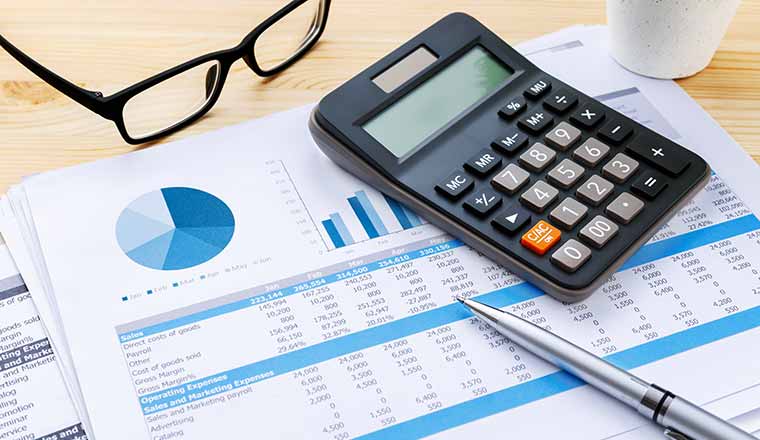
Conversion is calculated to better assess the success of the marketing strategy and the profitability of the business. To do this, determine the conversion rate, using a simple formula:
Conversion rate = (number of sales / number of all contacts) * 100.
For example, you made 14 sales in a day, and the number of leads at the top of the funnel was 200 people. Let’s calculate the conversion rate:
Kk = 14 / 200 * 100 = 7. That is, the conversion rate of 7%, and this is an excellent indicator.
Conversion rates can determine the effectiveness of individual campaigns, tools, strategies and marketing channels. This metric can become a key performance indicator (KPI) that many sales teams will use to evaluate their performance.
The average conversion rate for most companies is 3%. If your conversion rate is below 2%, you might want to start analyzing your funnel to see where the weaknesses are. A conversion rate above 2% is considered good, and a rate of 3.1% to 5% or higher is considered excellent.
You can use the AIDA formula for additional analysis. It describes 4 levels of the funnel: Attention, Interest, Desire, Action. According to this model, at each new stage the number of people is halved. So, if the attention of your advertising have shown 100 people, the interest of only 50 of them. Willingness to buy 25 people, but the final purchase will reach only 12-13 of them.
Marketers can track each step on the AIDA model to convert as many people as possible into buyers.
Automatic sales funnel
An automated sales funnel (or autofunnel) is a set of marketing tools that help customers make buying decisions and you sell. Direct participation of the seller is not required. Its role is performed by various elements of the website, e-mail lists or pages in social networks.
At each stage, the automated funnel relies on the user’s journey from introduction to transaction. Those customers who are not really interested in your product, gradually sifted out. With the help of avtovoronka you can solve several problems at once:
- flexibly manage sales and target audiences;
- Make random visitors to the site as potential customers, and then real customers;
- reduce the number of indifferent customers;
- stimulate the growth of conversions;
- Optimize the budget, marketing and sales process;
- minimize the cost of advertising campaigns;
- as a result – to increase the profitability of the business.
Different tools and settings will be needed to build an effective autofunnel. It can include a variety of elements.
The structure of the automatic sales funnel
There are different types of automatic funnels, and they are classified according to the following criteria:
- Functionality. Autoworka is created for a specific purpose, for example, to increase the number of subscribers or solely for sales.
- Platform. Autoworker can work in social networks, on the website, in messengers and e-mail messages. It is not necessary to create a whole bunch of automated funnels: one can be adapted to several platforms at once.
- Structure. It can be linear (that is, it does not take into account the behavior of users) and variable (based on their reactions). For example, a car sales funnel can send emails based on customer preferences.
You can’t create an automated funnel without the following components:
- Website. It is a key tool to guarantee stability. To the visitor to the site to reach the final stage, the site should by no means be empty pages, confusing and complex navigation, unnecessary buttons and broken links. You should only fill your site with useful content in accordance with the principles of SEO. You can always delegate the server administration to TutHost specialists.
- Traffic. These are your potential customers, without whom the entire sales process cannot be realized. At this stage, you can attract traffic through targeted advertising, SMM, Influencer Marketing and any other methods.
- Support Tools. These are special platforms that will start the autofunnel and make it work, increasing the number of sales. This can be a newsletter service, feedback forms, payment system plugins.
You’ll need an analytics system to track sales and performance. To focus your energy on growing your business, you need to free up your time. And the best way to do that is to automate a system that can increase sales on autopilot. But that’s not all. Let’s take a look at the other benefits of sales funnel automation:
- Minimize costs and labor: this is a kind of hidden benefit that automated sales funnels offer. As a result, it increases the return on investment. A higher ROI means a higher rate of return for your business in the long run.
- Find growth points: automating your sales funnel frees up more time to analyze sales and marketing data to see points of growth. Once you identify the weaknesses of your funnel, it will be easier to improve.
- Find the best leads and increase conversions. An improved sales funnel will ultimately help you find more loyal leads and increase your conversion rate.
However, automation has some disadvantages:
- Significant investment to start an autofunnel. It will take a budget for content development, contextual advertising settings and SMM. Automated newsletter services also cost a pretty penny, especially if you have a long list of contacts.
- It will take time to attract the target audience. Autoworks are a highly competitive environment, so don’t expect instant results. To interest customers, you have to think about catchy CTP and quality content.
- It will be necessary to study the principles of automatic marketing, to master a lot of different services and applications. Or hire people to do it, which will further increase the amount of investment.
The investment will pay off if you build an effective autofunnel.
How to build a sales funnel?
The setup is carried out in several steps:
- Development of scenarios of customer behavior. How will your potential customers act? To be effective, an automated funnel must consider the answers to the following questions: Why will customers want to buy your product? What’s special about your product? How do you drive customer action? Why do they have to stay on the site? The number of sales depends on how carefully you work out all the scenarios. For example, if the funnel sees that the customer has clicked “Close Window,” the site will send them a popup with the text “Leaving already? What about the items in your cart?” Chatbots will also help.
- Lead magnet and tripwire. On how well you choose them, depends on the success of the entire enterprise. This can be a free version of the product, a test period, discounts, etc.
- Filling the funnel with content. An empty funnel will scare away customers, because it will immediately become clear that your ultimate goal is to get them to buy, and quickly. You need to create useful content: text and visual content. It can also become a lead magnet.
- Testing of the autofunnel. A/B testing, which is a randomized experiment with two choices, A and B, will help you detect possible errors. Run several funnel options at the same time. If necessary, to increase the number of sales, change the settings – change the lead magnet or tripwire, rewrite the email newsletter, or try other sales approaches.
This is serious work, but if you do it well once, in the future the funnel will be profitable on autopilot. To maintain the interest of visitors, you will have to regularly add new content, publish posts on social networks, offer new products.
Additional tools for autofunnel
Different tools can be used to create and improve your marketing funnel.
- Tools for creating lead magnets. You will need services such as Canva, Typeform, Designrr.
- Services for automatic e-mail distribution. MailChimp, UniSender, SendinBlue are easy to use.
- JivoSite and Chatra to create popups;
- SendPulse and Push4site to set up push notifications;
- XMind, Funnelytics, Funnelflows for developing structure and customer behavior scenarios.
With these tools, you can quickly set up processes and start your funnel. You may need other tools, for example, to create a banding, hold a webinar, connect chatbots.
10 steps to create an effective sales funnel
Here are 10 steps to build a simple and working sales funnel:
- Identify the problems and needs of your ideal customer.
- Create a clear lead magnet that will attract customers to your product.
- Create a website or landing page with an attractive design and clear interface. You can do it on our constructor. Content should be relevant to your services/products and appropriate for your audience.
- Attract an audience to the landing page. Use different channels: SEO-promotion, contextual advertising, marketing in social networks. Leave a link to the registration page or subscription form.
- Win the interest of your audience by turning them into leads, and them into buyers.
- Use the AIDA model to understand when and why your customers leave. Prepare answers to frequent objections. Aim to turn the funnel into a pipe.
- Offer new products and services regularly to retain your audience and attract new customers.
- Regularly remind about yourself: make newsletters by e-mail, in messengers, inform about news and promotions.
- Turn customers into repeat customers by offering additional products and motivating repeat purchases.
- Use automation tools if it applies to your business. This way you reduce the cost of marketing and attracting new customers.
The result will be an effective funnel and a constantly growing base of loyal customers.
Conclusion
A company cannot function without sales. A well-optimized funnel encourages potential customers to make purchases and is critical to success. By setting up an automatic funnel, you’ll be able to make sales 24/7. The funnel gives you an idea of who your customers are, what they need, and what methods work best to convince them to buy your product or service.
Build your sales funnel right now to get the most out of potential customers by turning them into real customers.


